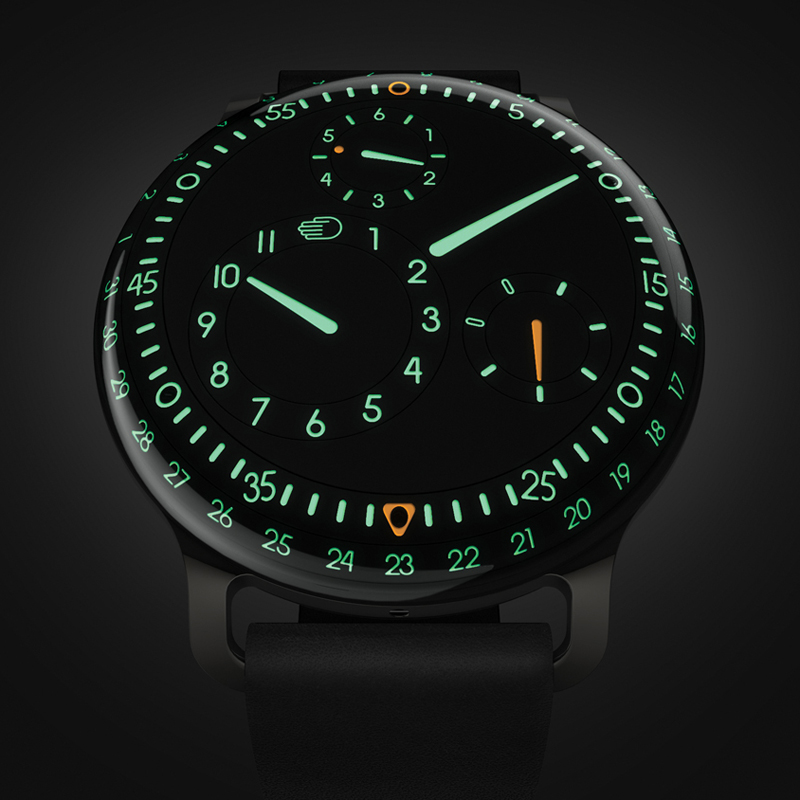Charged: Ressence Watches
The brand’s visionary founder discusses reimagining the mechanics of watchmaking
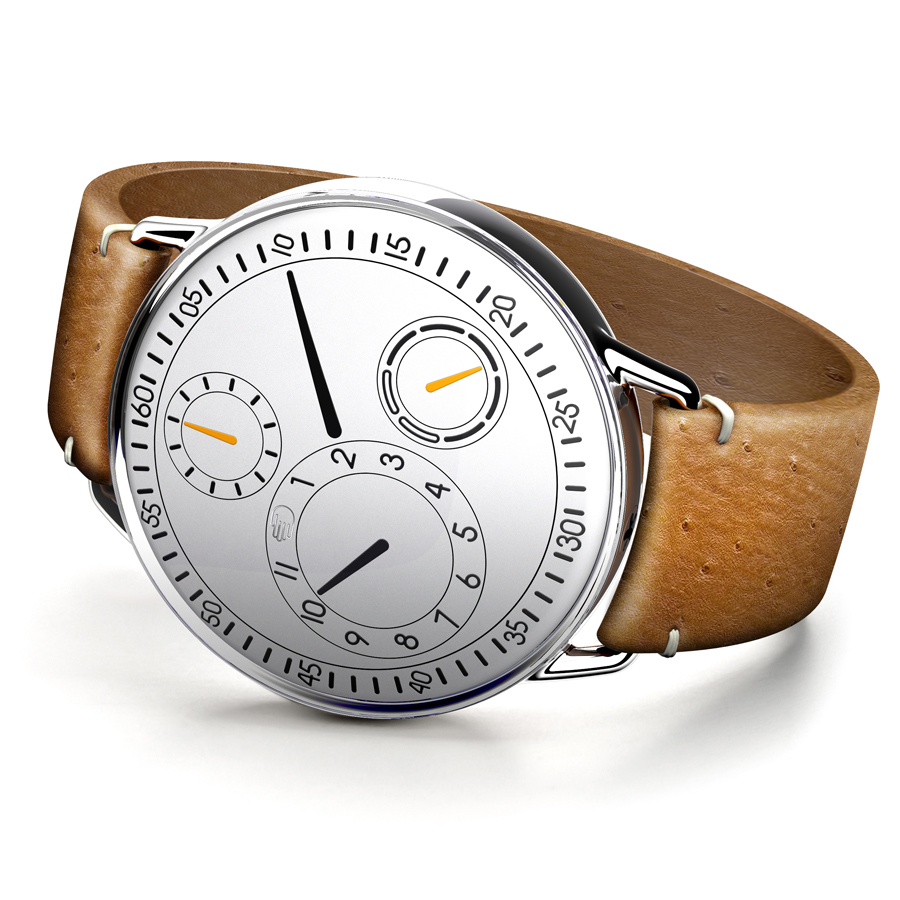
The world took note when Benoît Mintiens, founder of the Antwerp-based Ressence watches, released the Type 3 watch at Baselworld in 2013. The industrial designer had constructed a watch like no other; the watch face appears to dance across its crystal surface. At first glance, the innovative crown-free timepiece appears to be digital, yet it’s entirely mechanical, with an automatic movement. The stakes in the haute horlogerie game had been raised—and by a Belgian to boot.
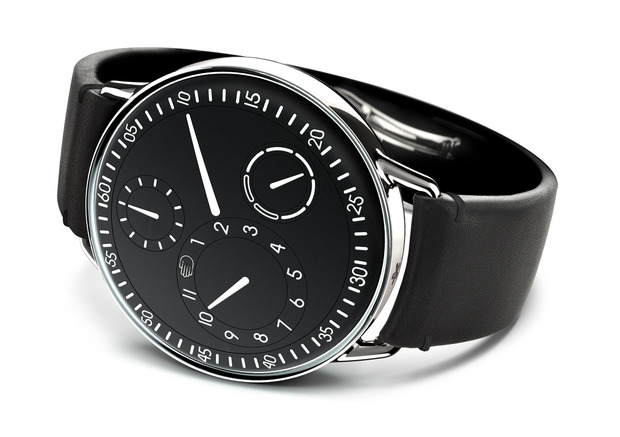
At this year’s Baselworld, Ressence (a neologism combining the words “Renaissance” and “essence”) introduced the Type 1, which is built on a similar oil-based system as the Type 3, but is even more imaginative. Curvaceous and poetic, the device delivers maximum legibility with orbiting discs that act as hands-free subdials. Its case and lugs have been machined from a single titanium block. Within, Mintiens’ patented system contains an independent module comprising 18 gears and 28 jewels, with a total of 208 components altogether. With this particular model, a curved nickel silver dial integrates three biaxial satellites along with a crown-free winding and time setting system. As Mintiens shares with CH, “the product has adapted to the thinking of people.”
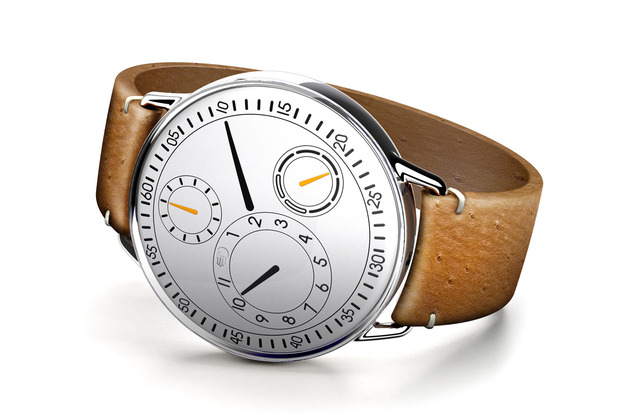
“This is the creation of an industrial designer, not the creation of a watchmaker,” he continues, referring to himself. “The products look so different because the way an industrial designer approaches a project is very different than the way a watchmaker approaches a watch. In the most extreme sense, a watchmaker would start with the movement or caliber or tourbillon, a technical element that is in connection with the movement. Whereas an industrial designer will always start from the perspective of the user and will then go deeper and deeper inside the product.”
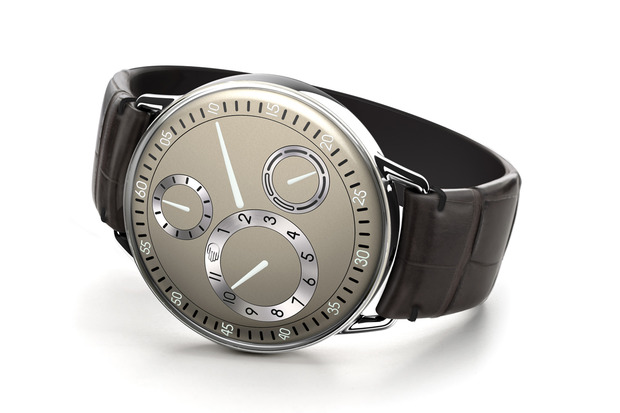
The designer believes that one of the earliest design mistakes by watchmakers in general occurred when hands were decided upon to signify time. He does allow, however, that “I also have to admit that once you’ve learned it is a very efficient way.” Mintiens’ designs rely on how the human brain perceives information. “You actually don’t look at the time. You flash across the position of the hands and understand the hierarchy. You usually look for the minutes hand [first] because you have a general sense of the hour. Your eyes and your brain only take the information they need.” It was this realization that drove the creation of Ressence watches in 2009. According to Mintiens, “I thought, I’m not going to change that. But I can re-envision it.”
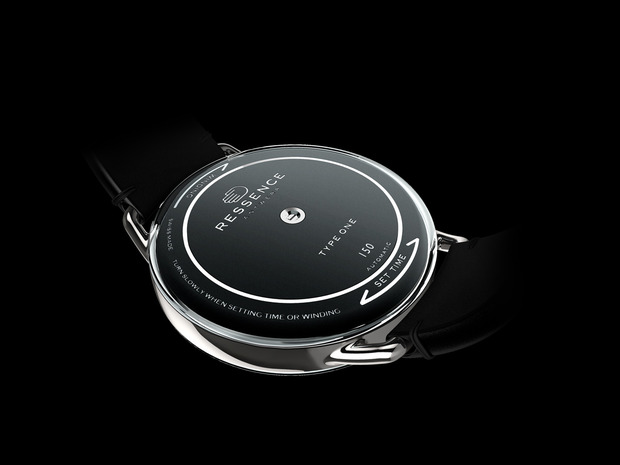
With this unconventional concept as inspiration, Mintiens started down a technical path to his design. “From a readability point of view, it’s never a good idea to have too many layers. Your eyes have to adapt.” But watches require layers and interconnected gears. To combat this, he explains, “I wanted to bring the time to the front of the watch, bring forward and deliver it all in one layer.” This is where the air-tight oil plays its roll. “It just takes away one layer—the glass. Even though it is hidden and there is no reflection, it’s still there. You still feel it. By adding the oil, you take away that refraction layer and the information is projected on the outside of the glass.”
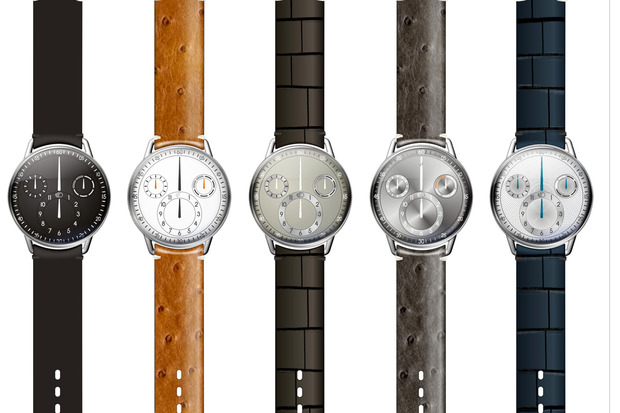
Each time you glance at a Ressence it’s as though the face comes alive and dances. It’s seamless and elegant, though getting there was anything but. “It’s not so obvious, finding people that can make all of these components, these craftsmen. I designed the watch completely, including the mechanism, with 3D software. Then came the physical thing itself.” Mintiens adds wryly, “After that, of course, the Swiss came.”
Images courtesy of Ressence

